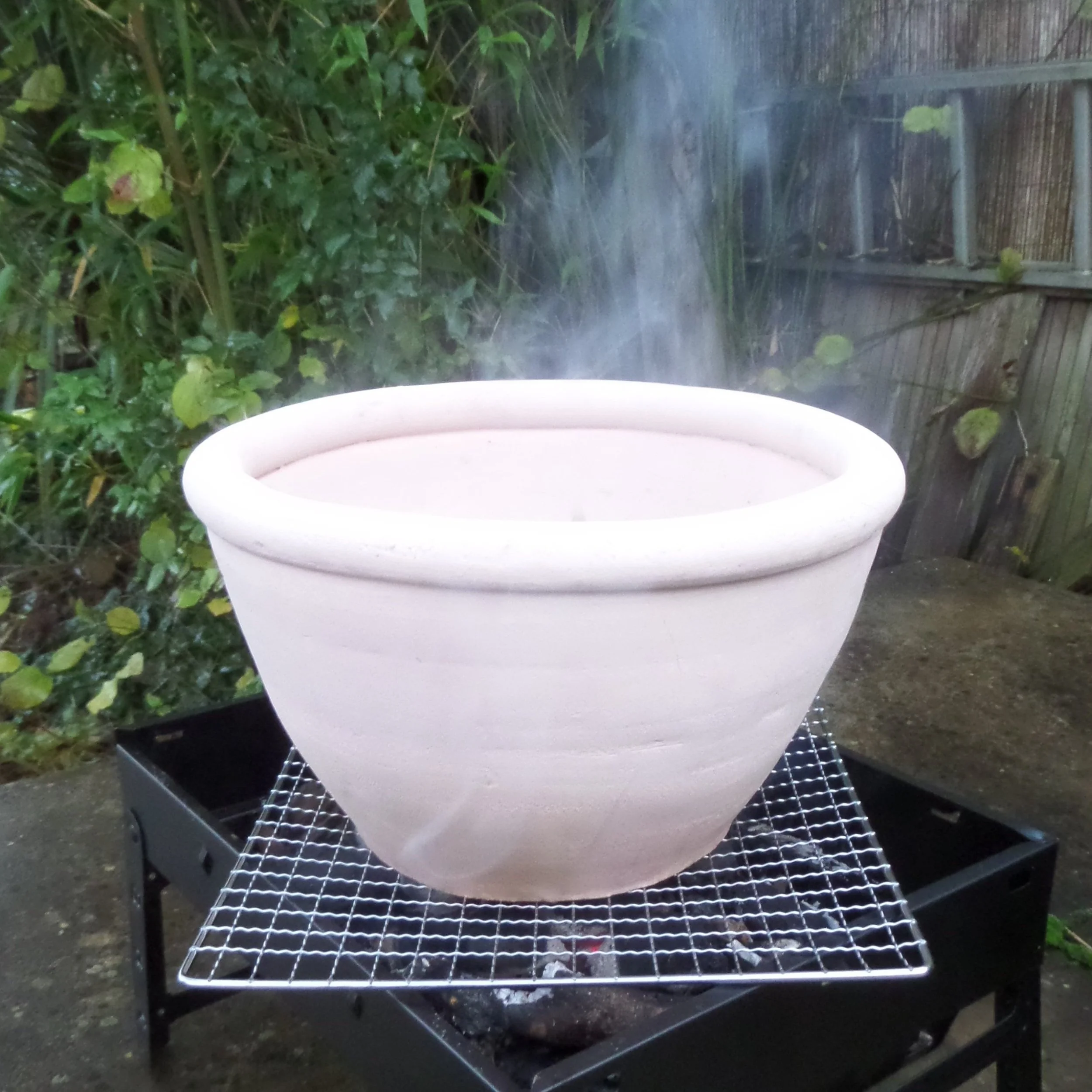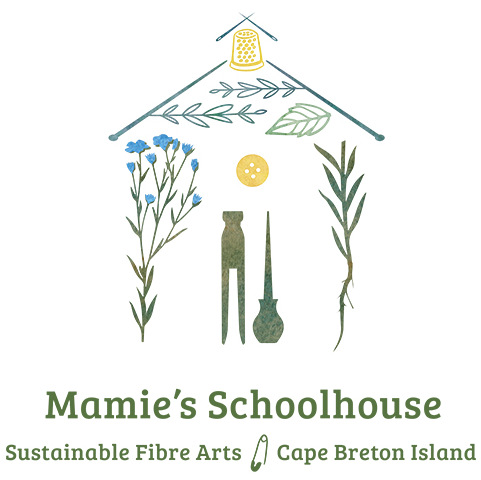Sue Crook
hampshire, england
Stockholm 100: Another (Recipe) To dye with mulberries.
Take and crush unripe bunches of grapes and mordant the wool therein for 3 days. On the fourth day put this grape juice in another pot and boil the wool therein, but when it boils lift it out, rinse it with water and let it become cold. Then take juice of mulberries and boil up until it boils twice. Put the wool in and let it become cold therein and it will be a fine excellent purple.
introduction:
My initial thought is that Egyptian dyers probably did not use a stainless steel pot. I intend to use 2 pots – one stainless steel and one ceramic. Second thought: are English wine grapes (my interpretation of sour grapes) similar to grapes grown in Egypt at the time? Would they be red or white grapes? Online research shows both were available in Egypt from the time of Tutankhamun. Third concern: mulberries only readily available as dried in UK.



Stockholm 101: COLD DYEING OF PURPLE WHICH IS DONE IN THE TRUE WAY
Keep this as a secret matter because the purple has an extremely beautiful luster. Take scum of woad from the dyer, and a sufficient portion of foreign alkanet of about the same weight as the scum – the scum is very light – and triturate it in the mortar. Thus dissolve the alkanet by grinding in the scum and it will give off its essence. Then take the brilliant color prepared by the dyer – if from kermes it is better, or else from krimnos – heat, and put this liquor into half of the scum in the mortar. Then put the wool in and color it unmordanted and you will find it beyond all description.
introduction:
Unsure of how Egyptians would have prepared their fabric for dyeing, I knew that modern day fabrics have many additional processes which can affect the fibres’ ability to absorb dye. I decided to apply modern scouring processes to the fabrics. (Detergent and soda ash for protein fibres and neutral detergent for protein). I was also aware that alkanet is not water soluble, so decided to run two parallel experiments – one as instructed by the papyrus, the other using alcohol extraction of the alkanet dye. Experiment 1 is exactly as instructed. No 2 is alcohol treated. Krimnos = safflower. From previous experiments, I knew that safflower initially releases yellow dye and that dye needs to be washed away before further processing. There was no mention of this in the original text. For both experiments, I decided to wash out the yellow dye, before processing further to obtain a colour nearer red.


